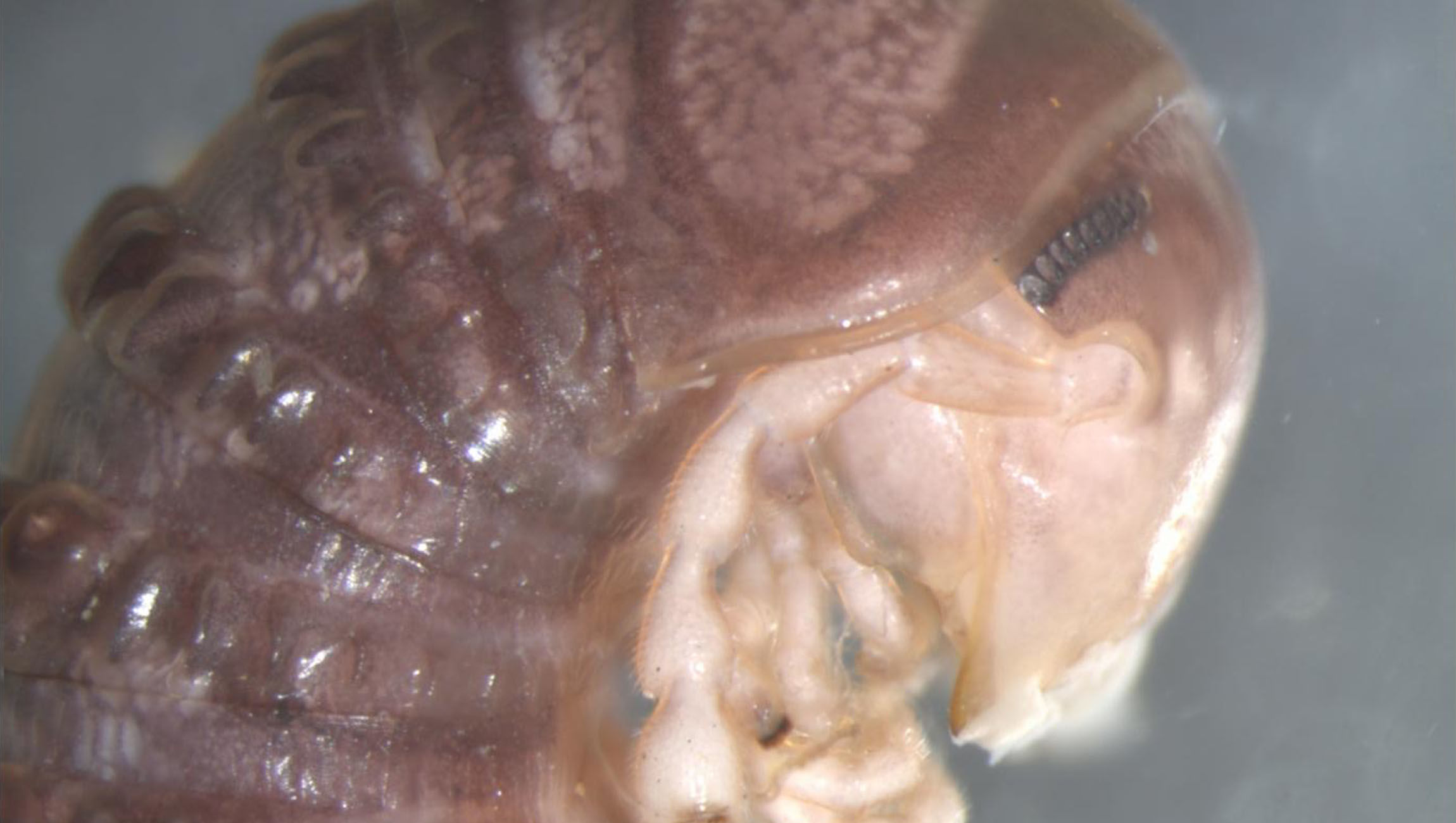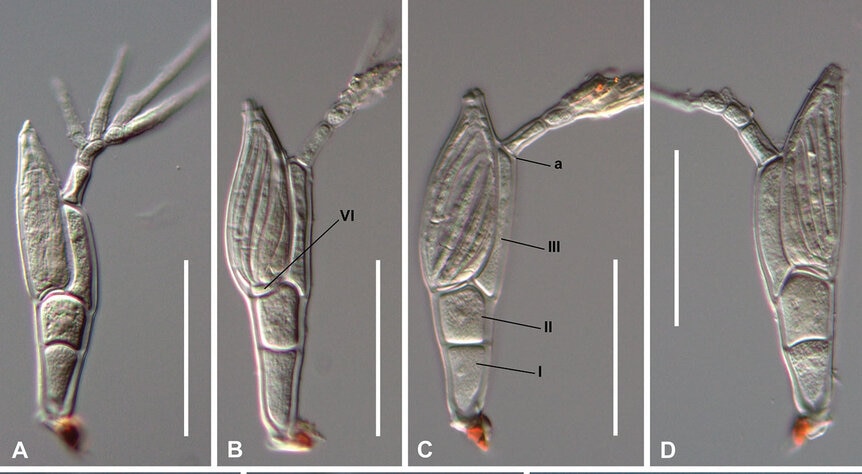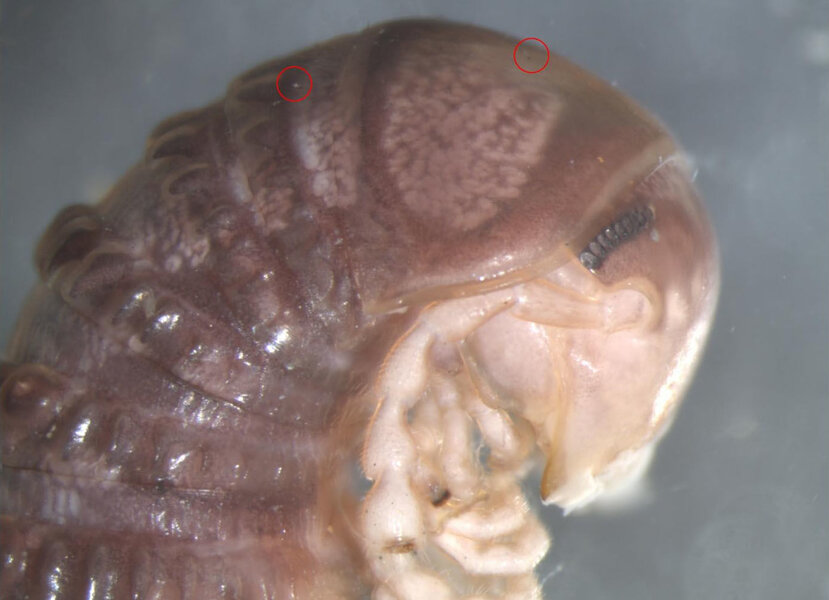Create a free profile to get unlimited access to exclusive videos, sweepstakes, and more!
Someone tweeted a bizarre new species of fungus without knowing - and now it’s named after Twitter

With the cyberspace being overpopulated by viral videos and cat memes, what are the chances of unearthing a scientific discovery on Twitter? Nobody knew until now.
Turns out peculiar things can be crawling in the most unexpected places. While photos that have led to new discoveries have been posted to Facebook and Flickr before, this is the first time anything emerged from Twitter. Biologist Ana Sofia Reboleira of the University of Copenhagen’s Natural History Museum suspected something when her U.S. colleague Derek Hennen tweeted a photo of an American millipede. The millipede was being eaten alive by an unclassified fungus. Reboleira had never before seen it on an American millipede, so she plunged into the museum’s extensive collection and found several preserved specimens that were infected with the same fungus.
“I have been studying these fungi for more than half a decade, so I know exactly how they look and where to search for them,” Reboleira tells SYFY WIRE. “Therefore, my eyes will naturally focus on small details like that.”
What even was this fungus? Appropriately named Troglomyces twitteri, it was demystified as a new species of Laboulbeniales, which are tiny fungi that look like micro-larvae. These ectoparasites feed off insects from the outside — in this case, the reproductive organs of a millipede. They look a thousand times scarier when magnified. They have translucent whitish bodies that hang out on the shell of their prey and black “feet” that pierce through that shell, keeping them stuck there so they can steal the insect’s nutrition with a nightmarish sucker. People who keep millipedes as pets (they do exist) have reported them as hairlike protrusions. Most of the 30 species of millipede-associated Laboulbeniales were discovered after 2014, so definitely after the advent of social media.
“Most aspects of the biology of this group of fungi remain unknown; the way how exactly they extract the nutrition from their host is just part of their overall unknown biology,” Reboleira says. “We know that some species, like the ones that parasitize bat flies, which are extremely specialized parasites that feed off bats, extend deeply into the body cavity of the animal from where it presumably feeds.”
Laboulbeniales crave arthropods. While they mostly suck the life out of insects, usually beetles or flies, some of the 2,200 known species latch onto other arthropods. T. twitteri is the first species of these fungi found to prefer American millipedes for dinner. Entomologysts are thought to not have had too much awareness about these life-forms because they are so small that they often go undetected. Entomologists and mycologists, or scientists who study fungi, don’t often collaborate since it is usually the entomologists who have more access to the hosts and tend to leave the fungus unnoticed.
Even people who keep millipedes in tanks and name them may not notice a fungal infection when it looks as innocuous as a barely visible hair. Laboulbeniales that feast on millipedes have been found just about everywhere else in the world except America. Millipedes are so enticing to them because large populations tend to be endemic to one area, and they also inhabit moist environments that fungi love. The strangeness of these fungi comes from so many things about them still being in the shadows.
“There is much about the life cycle, ecology and evolution of Laboulbeniales that we still need to unveil,” Reboleira says. “More studies in this area will shed light into their biology. We hope that the discovery of Troglomyces twitteri may stimulate the discovery and study of more Laboulbeniales fungi.”
This is just more proof that you can really never predict what you’ll find on the internet.
















